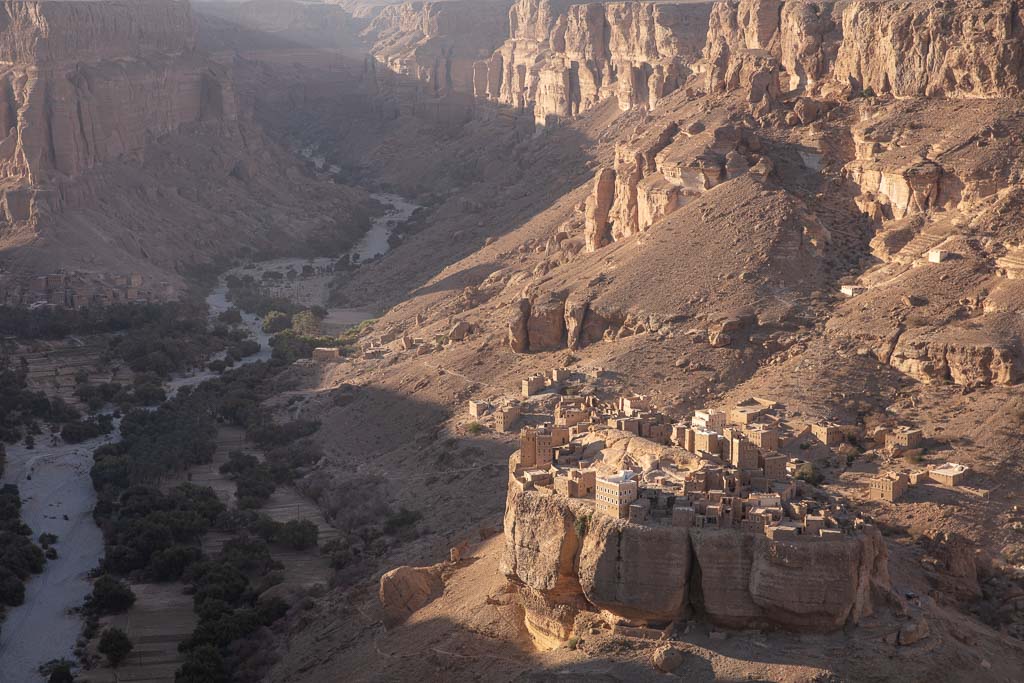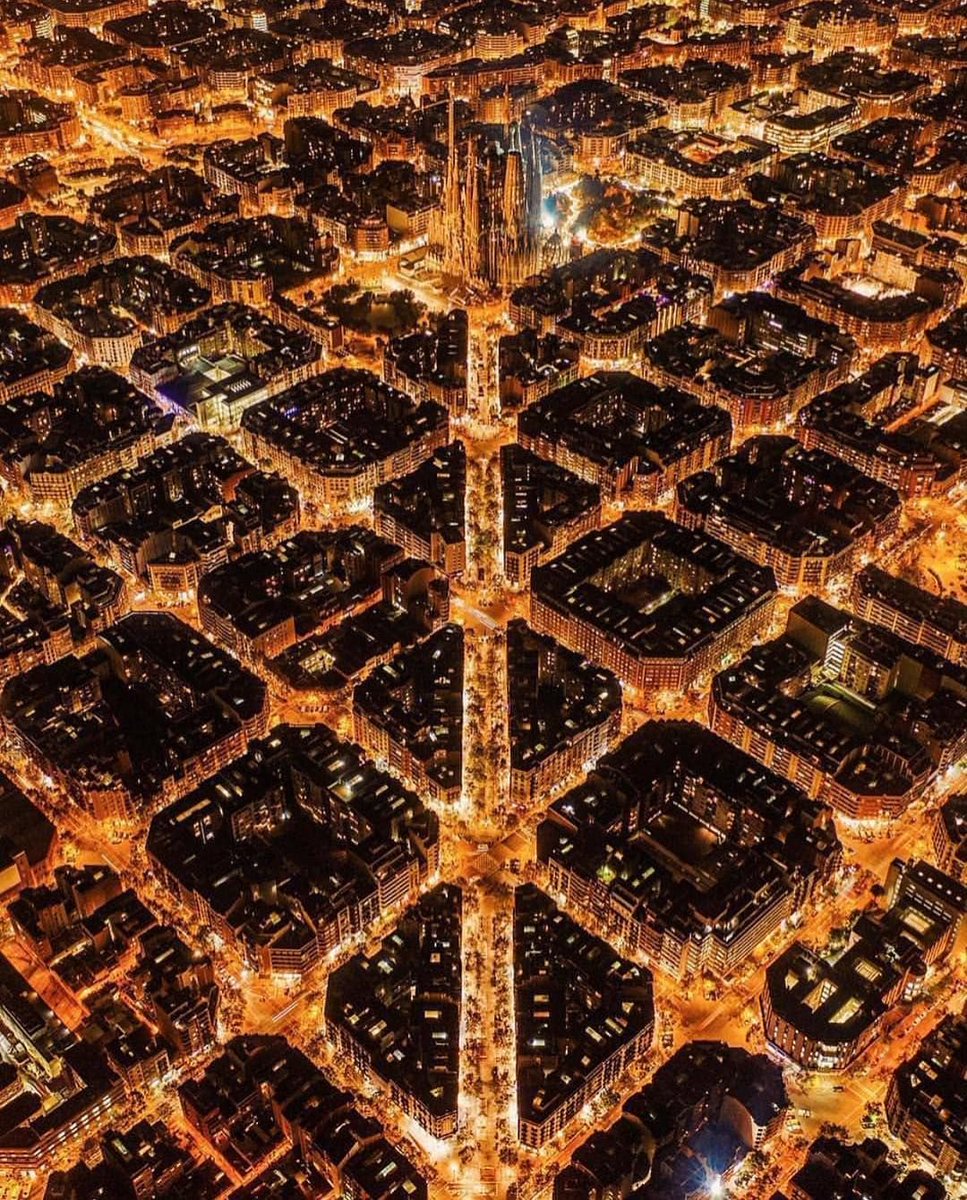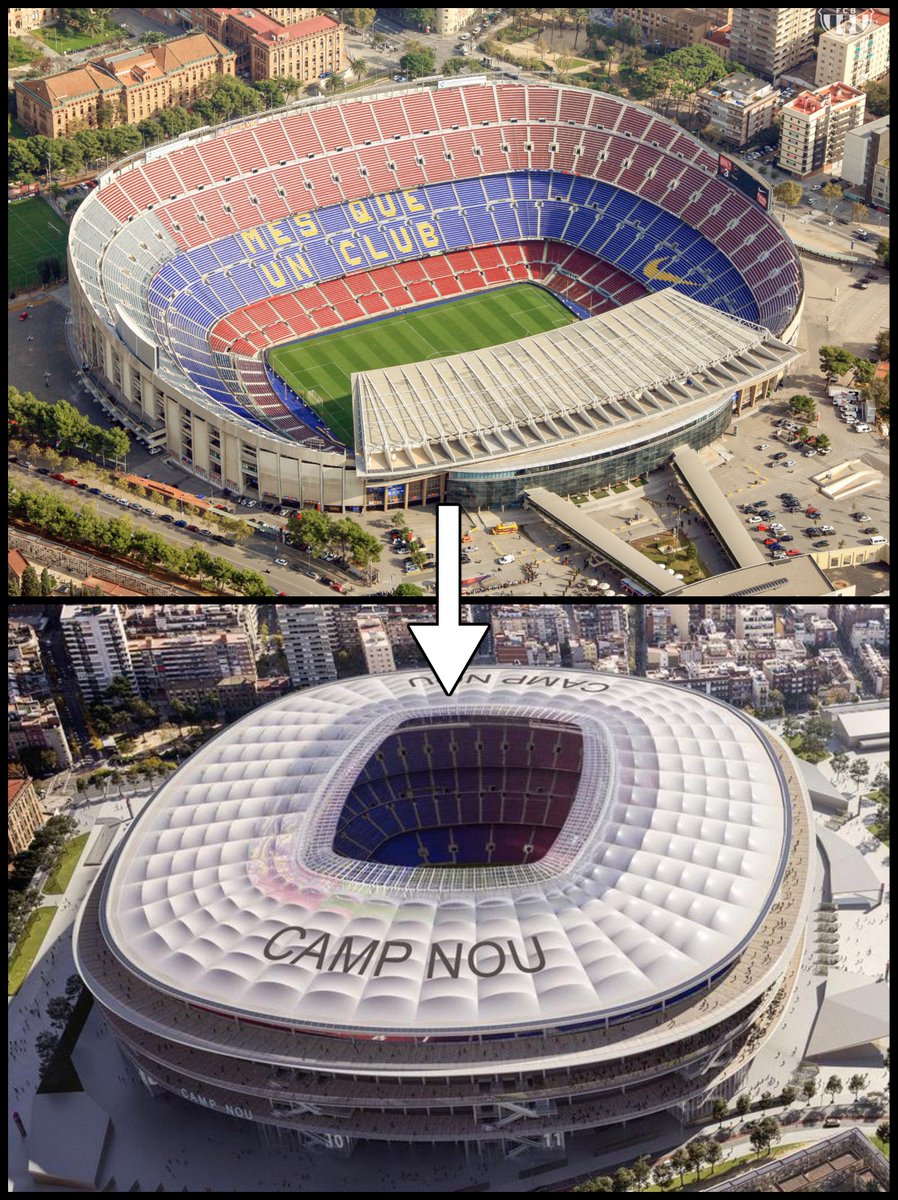This is the town of Shibam in Yemen, known as the "Manhattan of the Desert".
But it's much older than Manhattan — these skyscrapers are 500 years old...
But it's much older than Manhattan — these skyscrapers are 500 years old...

The ancient city of Shibam is in Hadhramaut, in central Yemen.
Hadhramaut is a huge region in the far south of the Arabian Peninsula, dominated by mountains, deserts, and wadis — large, dry valleys created by infrequent but sudden flash floods.
Hadhramaut is a huge region in the far south of the Arabian Peninsula, dominated by mountains, deserts, and wadis — large, dry valleys created by infrequent but sudden flash floods.

Shibam is in a huge wadi, as you can see in the photograph below.
Its unusual design — a cluster of fortified towers surrounded by a wall — was largely a result of defensive necessity: to protect the city, once a wealthy trading outpost, from rivals and wandering bandits.
Its unusual design — a cluster of fortified towers surrounded by a wall — was largely a result of defensive necessity: to protect the city, once a wealthy trading outpost, from rivals and wandering bandits.

Over the centuries a complex system was developed for managing floods, storing rainwater, and using them to irrigate the crops which fan out around Shibam.
The city was built on a shallow rocky outcrop lying slightly above the wadi floor to protect it from flooding.
The city was built on a shallow rocky outcrop lying slightly above the wadi floor to protect it from flooding.
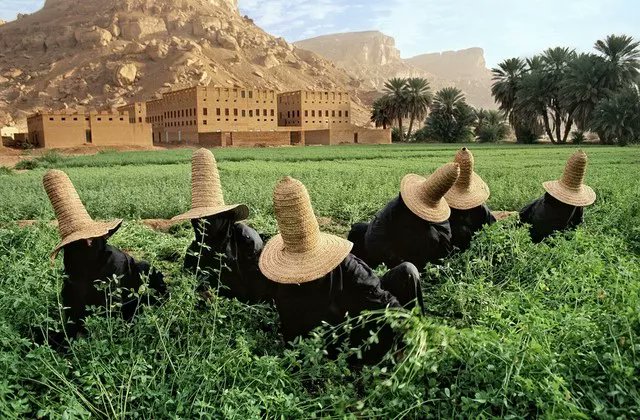
These towers, some of which are 11 storeys tall, are made with wooden frames and mudbricks — a mixture of earth, water, reeds, and other binding materials baked in the sun.
But mudbricks erode quickly and require frequent maintenance...

But mudbricks erode quickly and require frequent maintenance...


So although many of these towers date to the 16th century, they have been remodelled, repaired, and restored time and time again, with knowledge passed down from one generation to the next.
The skyscrapers of Shibam, though ancient, are a constant work in progress.
The skyscrapers of Shibam, though ancient, are a constant work in progress.
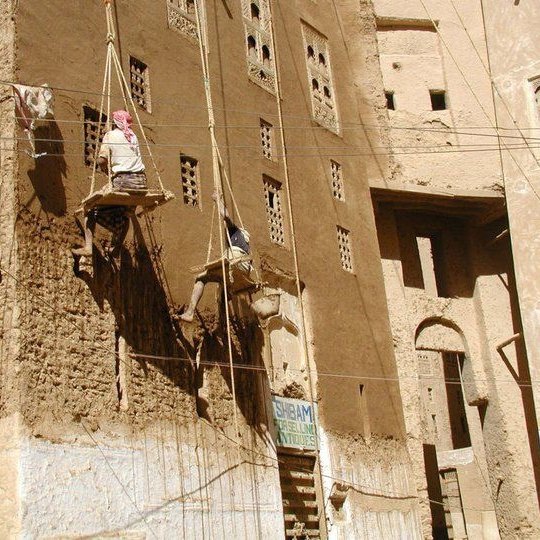
Which is what makes this city so remarkable. Not only its age, but how its architecture is suited to local conditions.
Whether because the materials needed to sustain it are readily available, or because the height and density of the buildings offers shade from intense heat.

Whether because the materials needed to sustain it are readily available, or because the height and density of the buildings offers shade from intense heat.
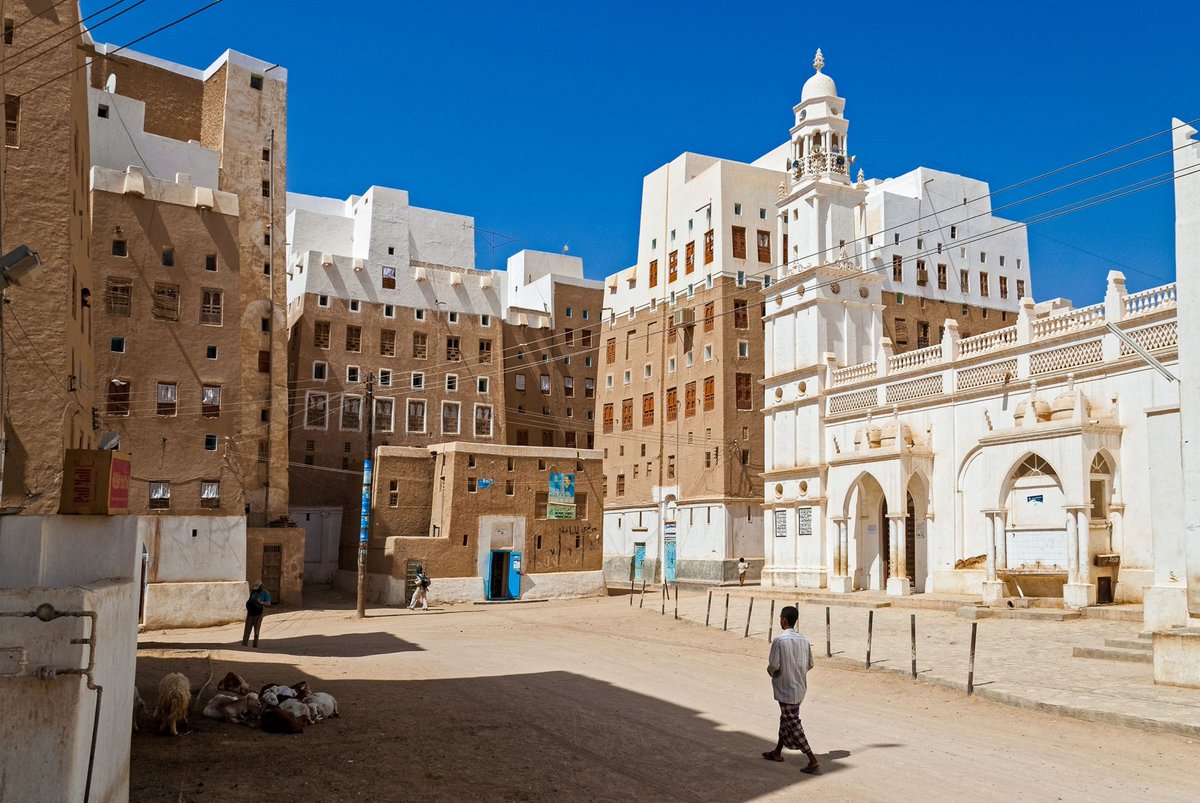
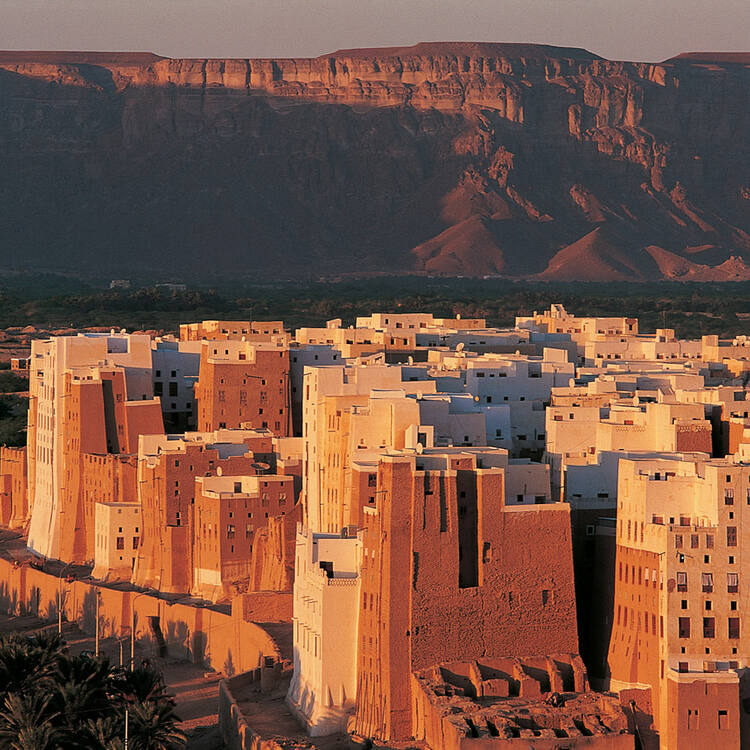
Shibam isn't merely a beautiful place or a fascinating remnant of traditional architecture; it is not an ancient ruin but a living city and a home to thousands.
This is vernacular architecture at its finest, using local materials to suit local needs.
This is vernacular architecture at its finest, using local materials to suit local needs.
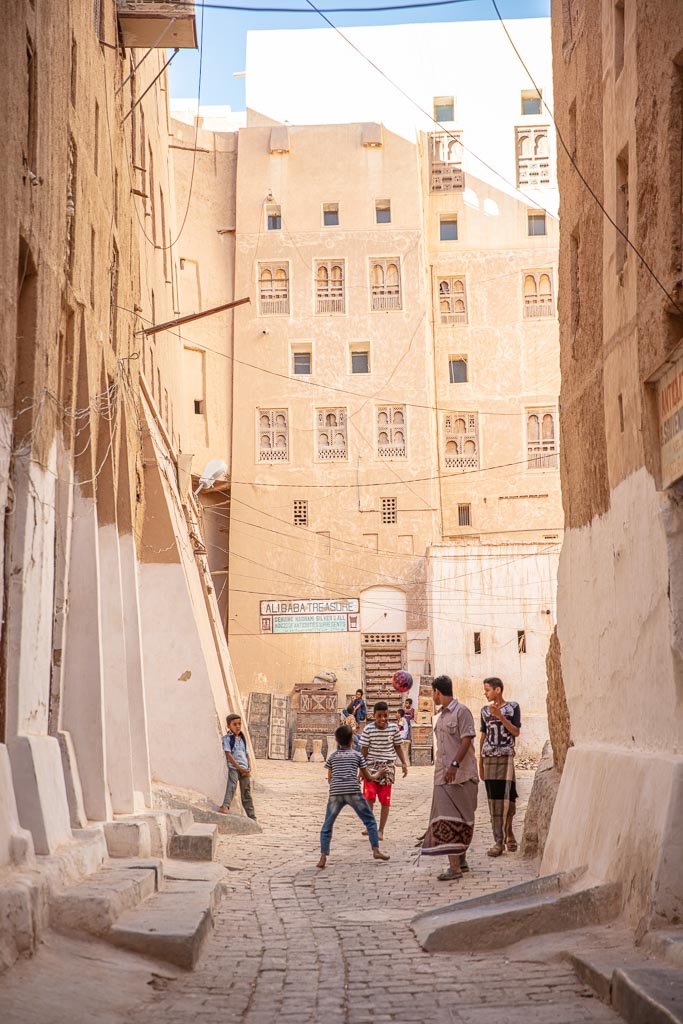
You can see why the traveller Freya Stark called it the Manhattan of the Desert when she came here in the 1930s.
There were few places in the West with a similar density of highrises, and none that were 500 years old and built without "professional" architects and engineers.
There were few places in the West with a similar density of highrises, and none that were 500 years old and built without "professional" architects and engineers.
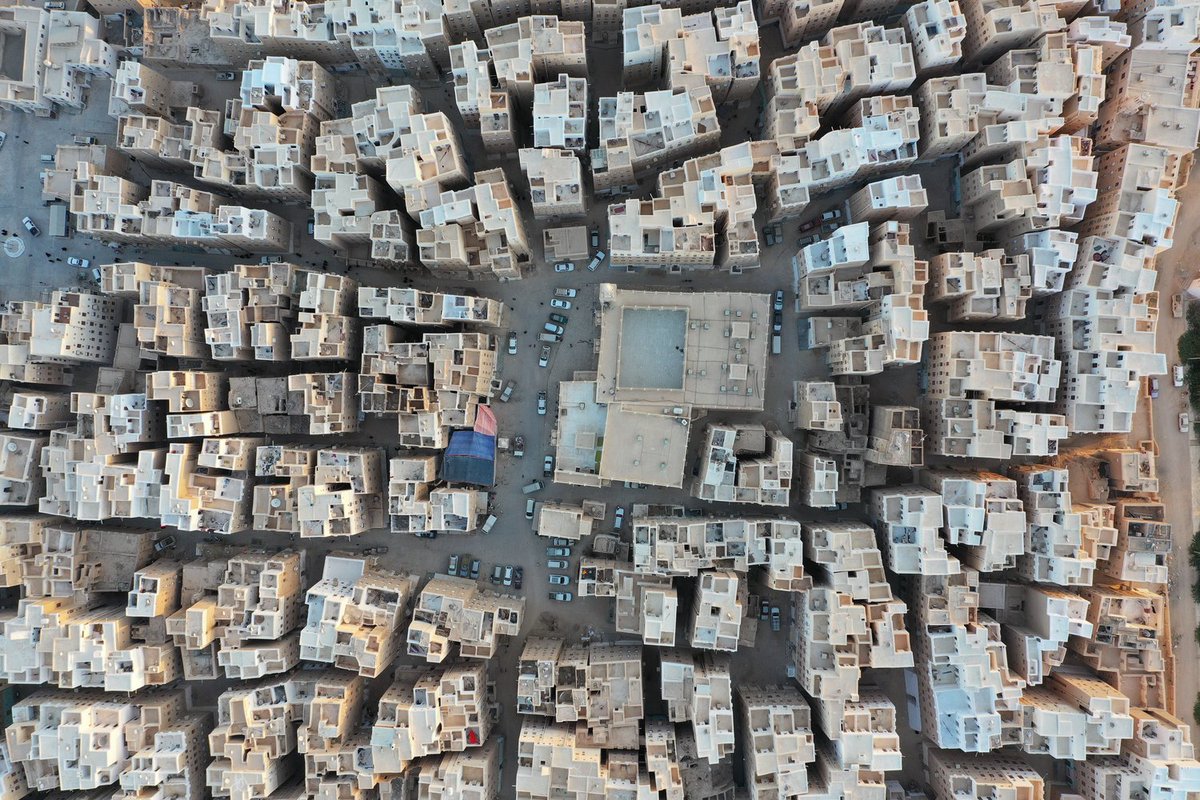
And so these aren't really skyscrapers at all. The "skyscraper" is a modern building indifferent to local conditions, made possible by concrete, steel, and a colossal construction industry.
Shibam's highrises are the opposite: a triumph of traditional architecture.
Shibam's highrises are the opposite: a triumph of traditional architecture.
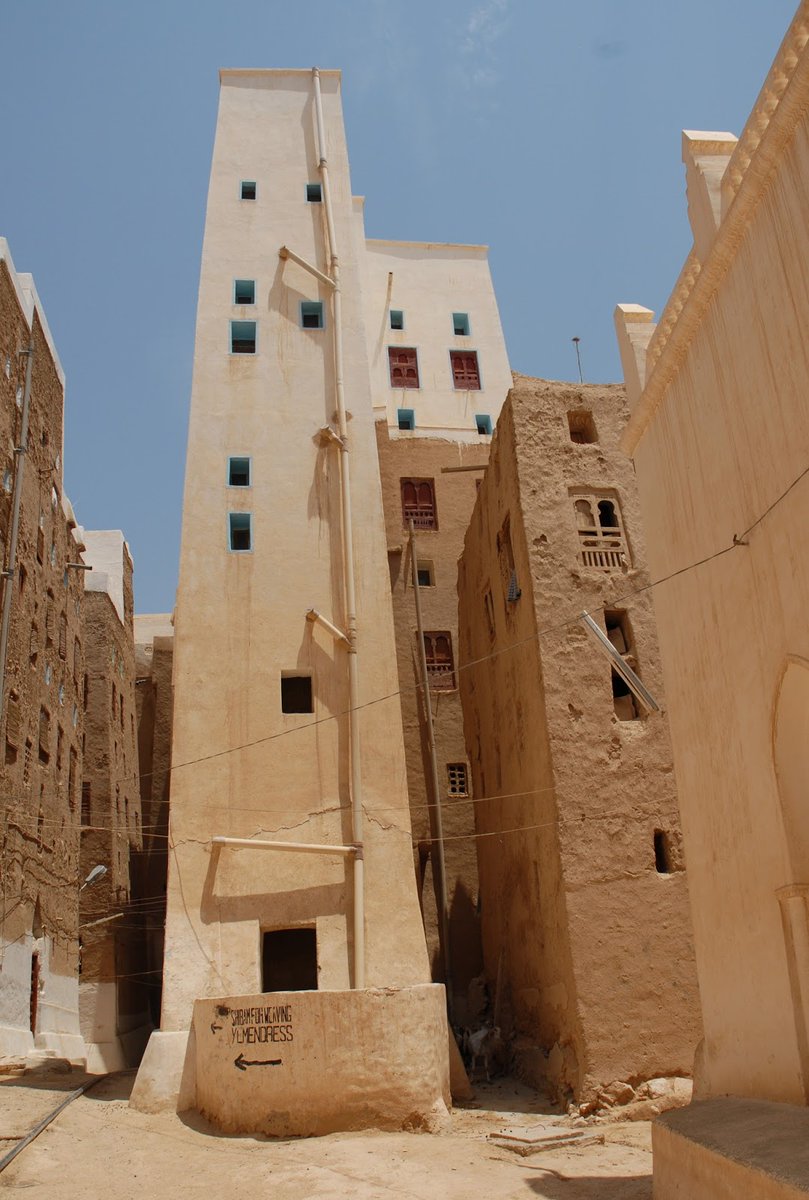
It has been inhabited for well over two thousand years.
The Roman name for Yemen was Arabia Felix, meaning "Fertile Arabia" or "Blessed Arabia".
Because it was in this region that precious spices such as frankincense, myrrh, and cinnamon were produced and traded.
The Roman name for Yemen was Arabia Felix, meaning "Fertile Arabia" or "Blessed Arabia".
Because it was in this region that precious spices such as frankincense, myrrh, and cinnamon were produced and traded.
The Ancient World was far more connected than we realise, and the whole of Hadhramaut, including Shibam, was connected to the intercontinental network of trade in spices and other goods.
Roman historians like Pliny the Elder and Diodorus even wrote about Hadhramaut.
Roman historians like Pliny the Elder and Diodorus even wrote about Hadhramaut.
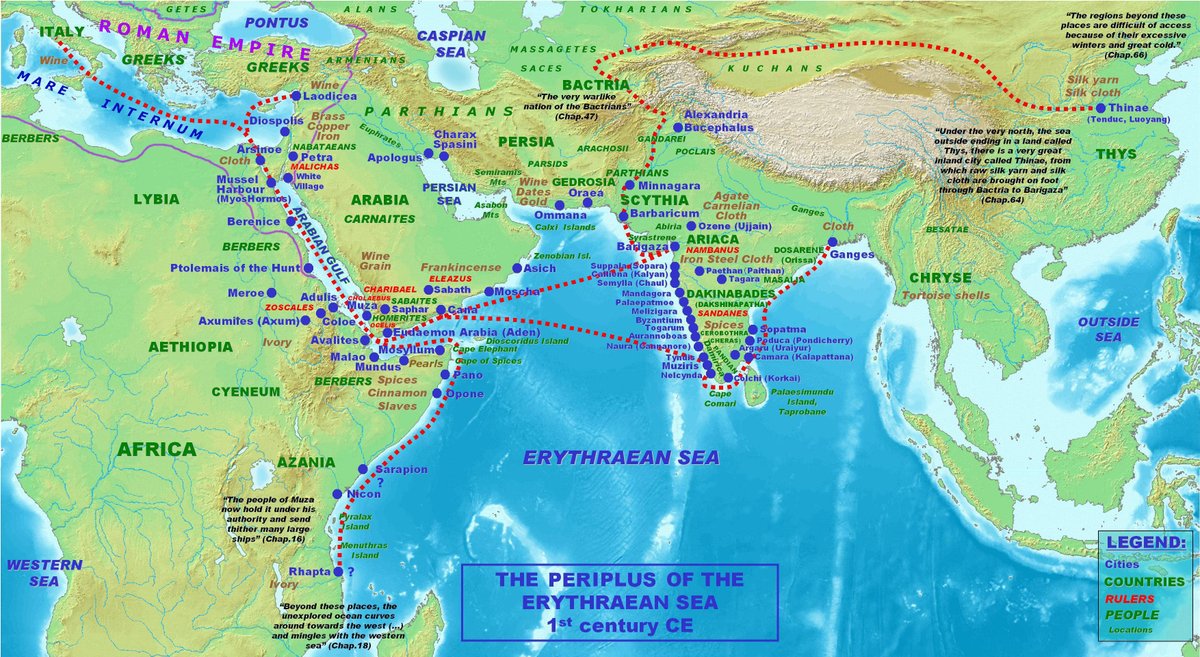
Yemen was right in the middle of this ancient network, and was vital not only as a producer of valuable spices but as an intermediary between the east and the west.
The Silk Road went over land, but the maritime spice trade coming from the Indian Ocean passed through Yemen.
The Silk Road went over land, but the maritime spice trade coming from the Indian Ocean passed through Yemen.
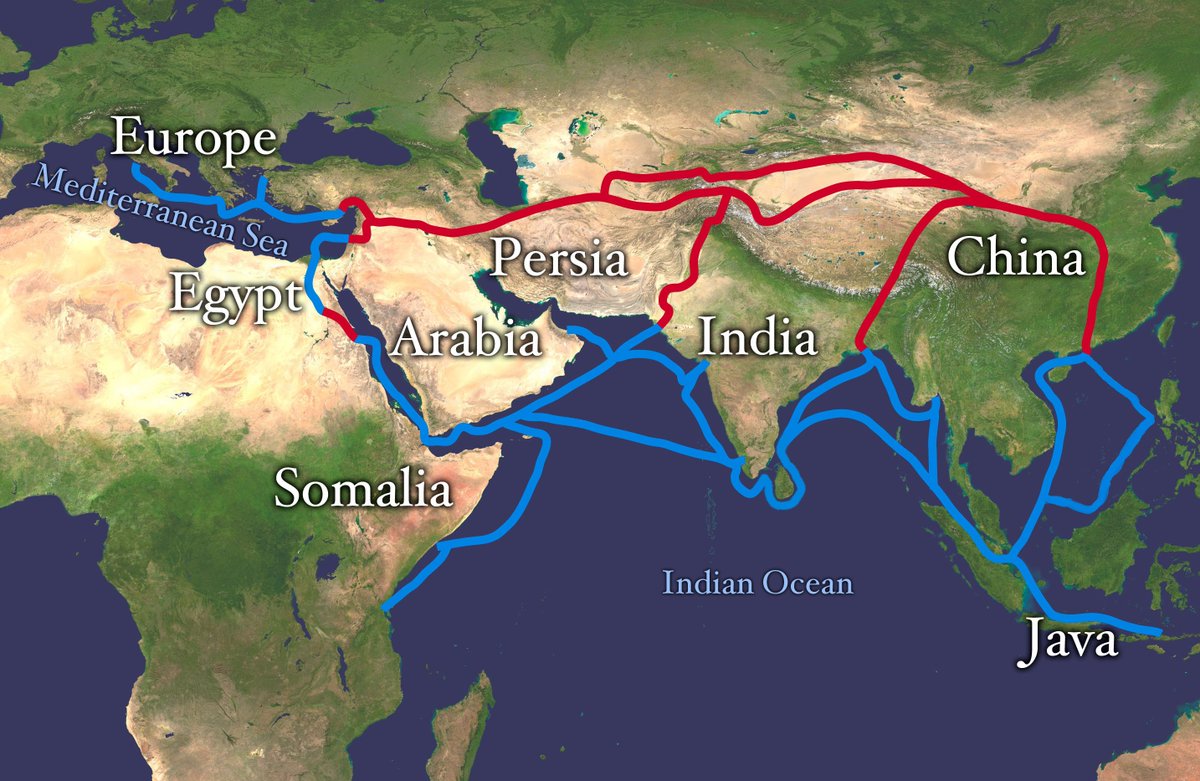
Shibam has been inhabited ever since; a caravan stop for inland traders bringing spices to the coast.
The city we see today was largely built in the 16th century after the old town was destroyed during a flood, though parts of it date back to the 9th and 10th centuries.
The city we see today was largely built in the 16th century after the old town was destroyed during a flood, though parts of it date back to the 9th and 10th centuries.
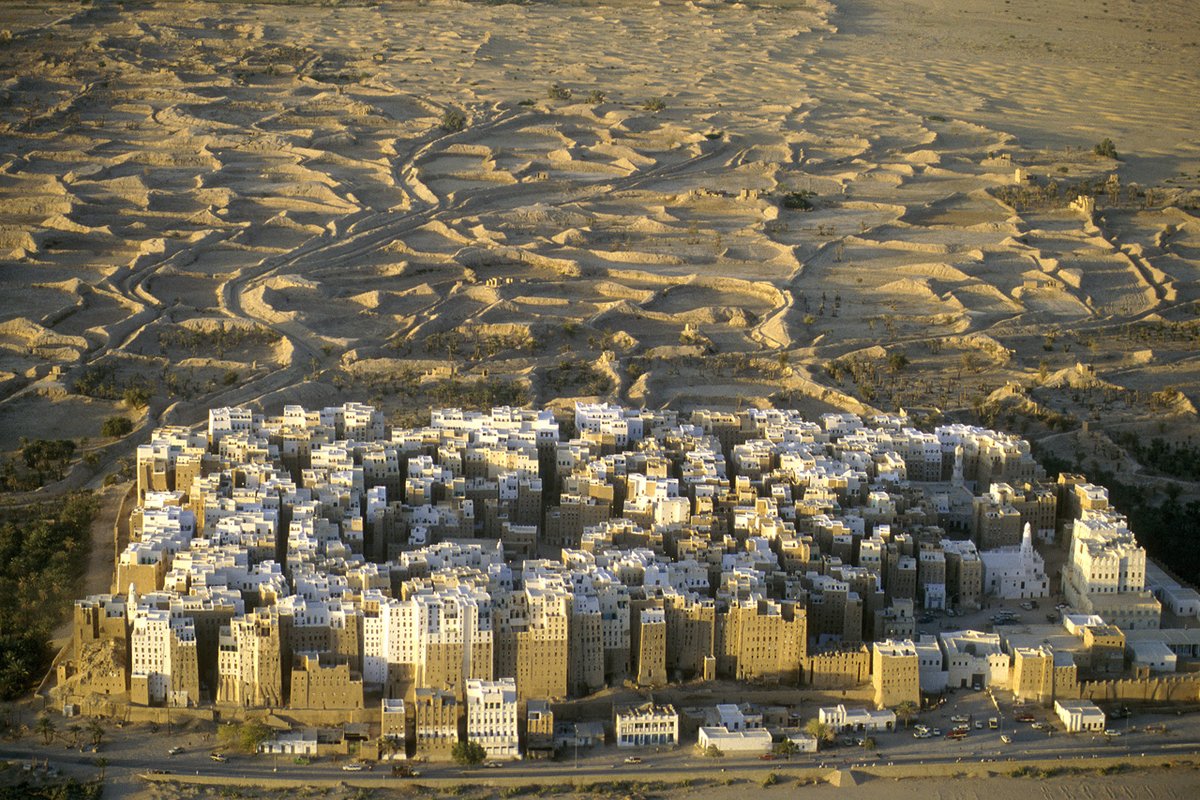
But Shibam is not unusual; its clustered towers are typical of Hadhramaut architecture.
The wadis and mountains of this region are filled with cities, palaces, fortresses like the breathtaking town of Al-Hajarayn.
The wadis and mountains of this region are filled with cities, palaces, fortresses like the breathtaking town of Al-Hajarayn.

Then there's Wadi Dawan, another isolated city of mudbrick skyscrapers tucked away in the valleys of Hadhramaut. 
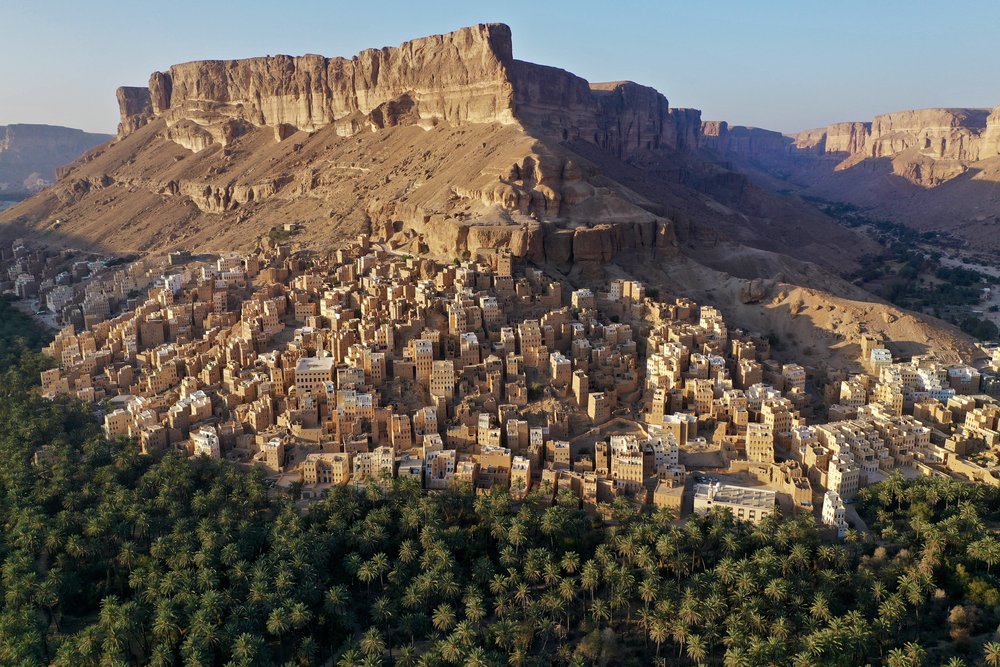
Or the tiny village of Haid al-Jazil, built on an escarpment at the bottom of a narrow wadi.
This gives you a good sense of the landscape and environment of Hadhramaut, one to which local people adapted their architecture and urban planning.
This gives you a good sense of the landscape and environment of Hadhramaut, one to which local people adapted their architecture and urban planning.
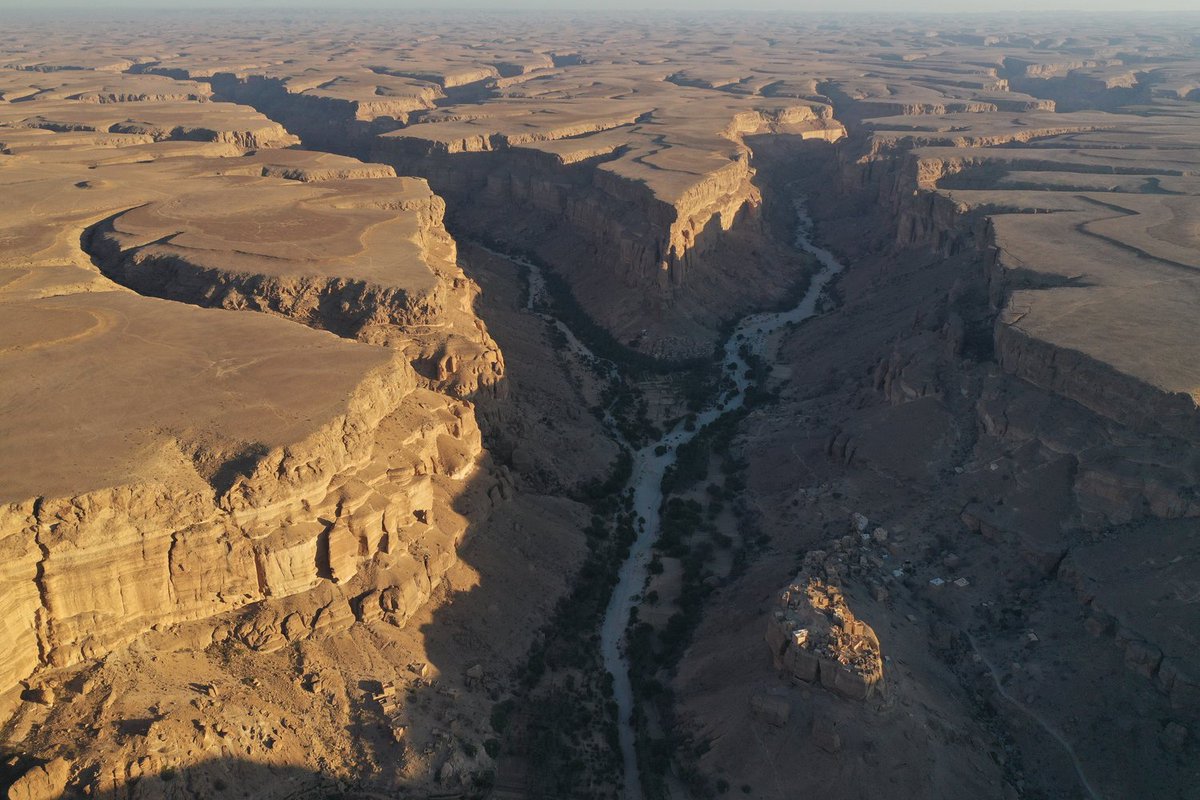
The towns of Hadhramaut are beautiful - and evidence that "skyscrapers" are centuries old - but they are more than just beautiful.
To call Shibam the "Manhattan of the Desert" does it a disservice; these living cities are a supreme example of vernacular architecture.
To call Shibam the "Manhattan of the Desert" does it a disservice; these living cities are a supreme example of vernacular architecture.

• • •
Missing some Tweet in this thread? You can try to
force a refresh

